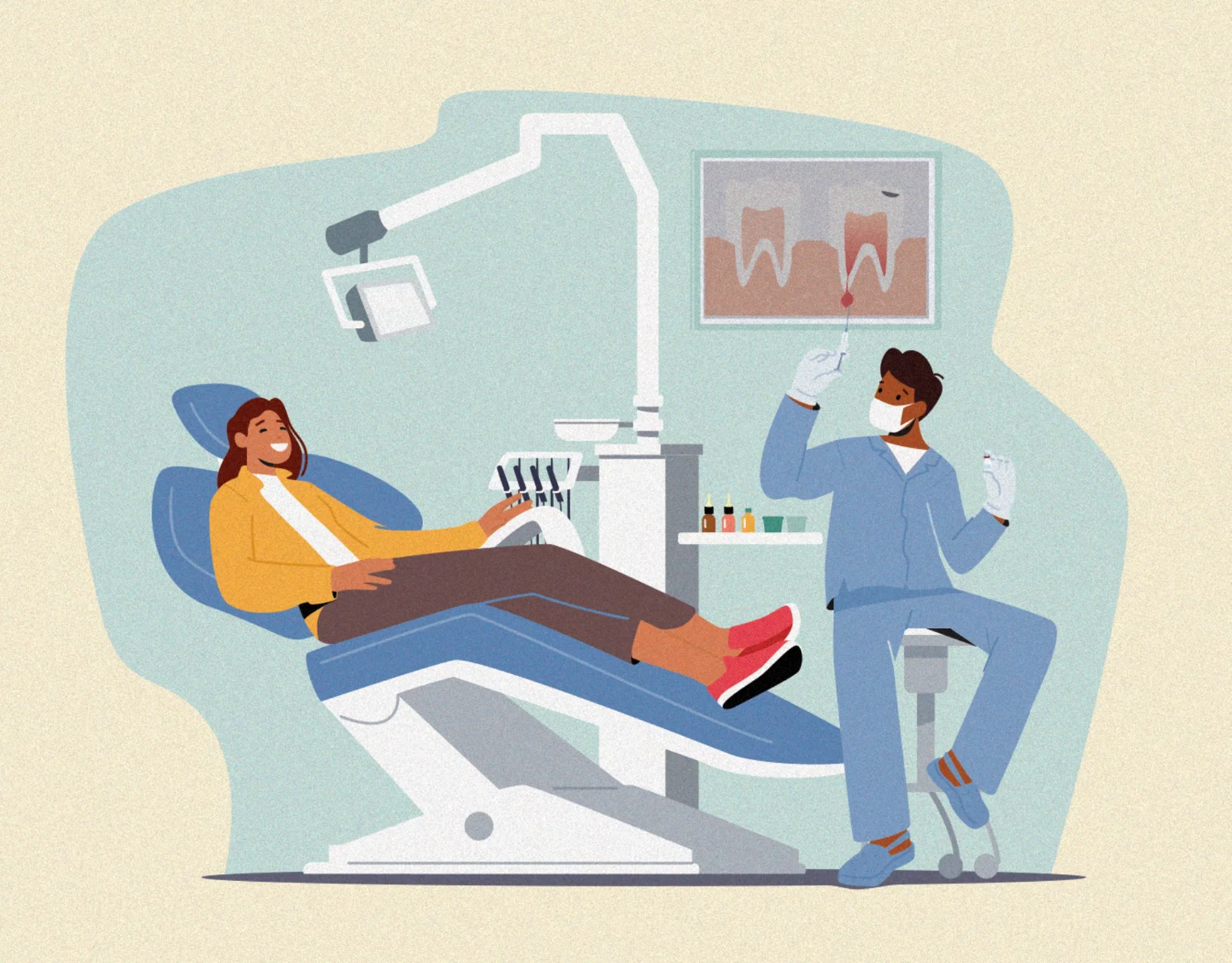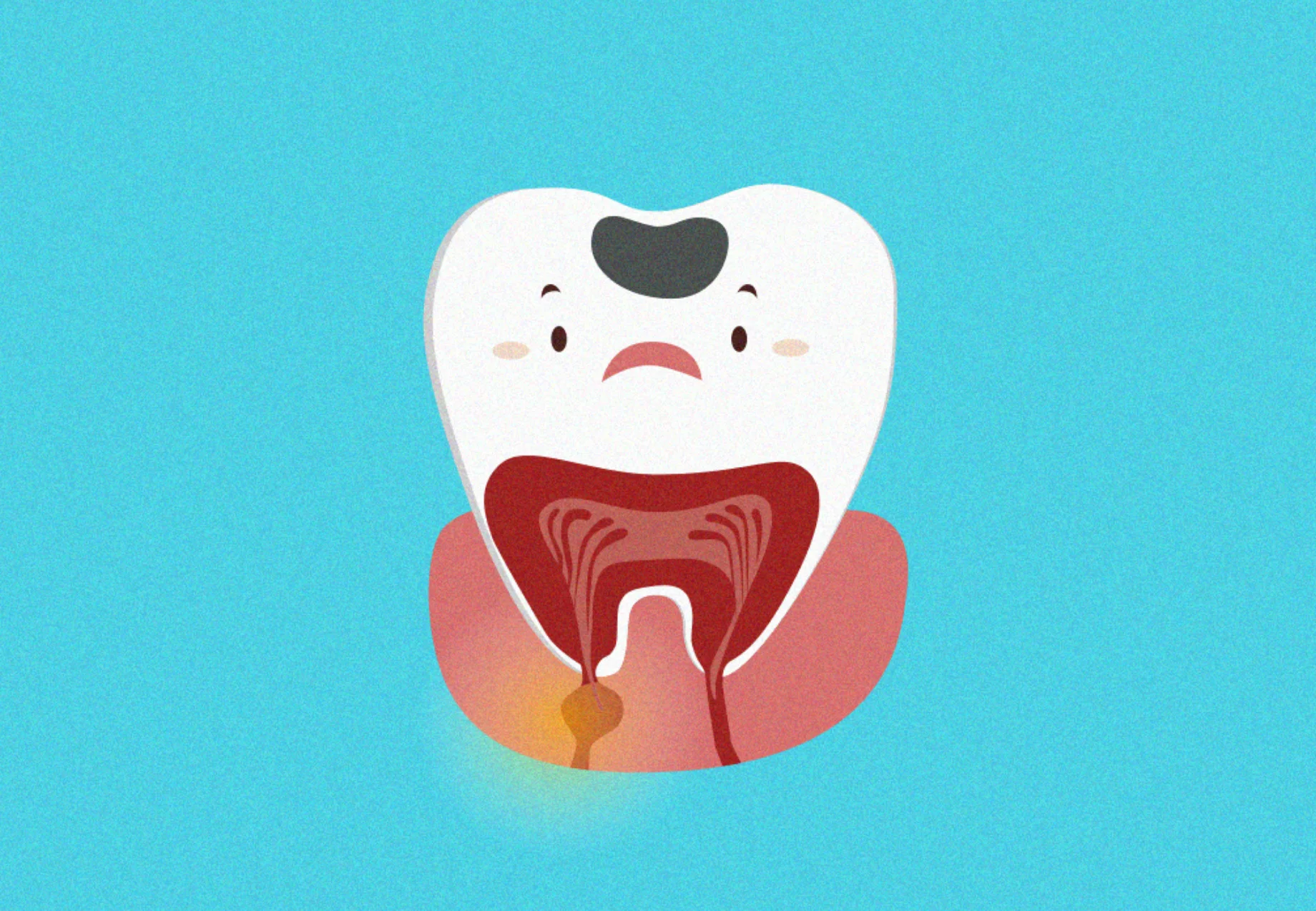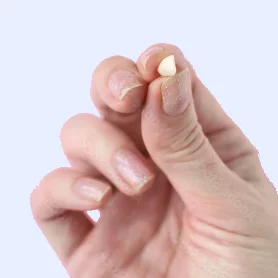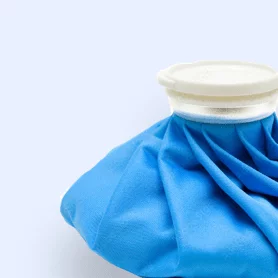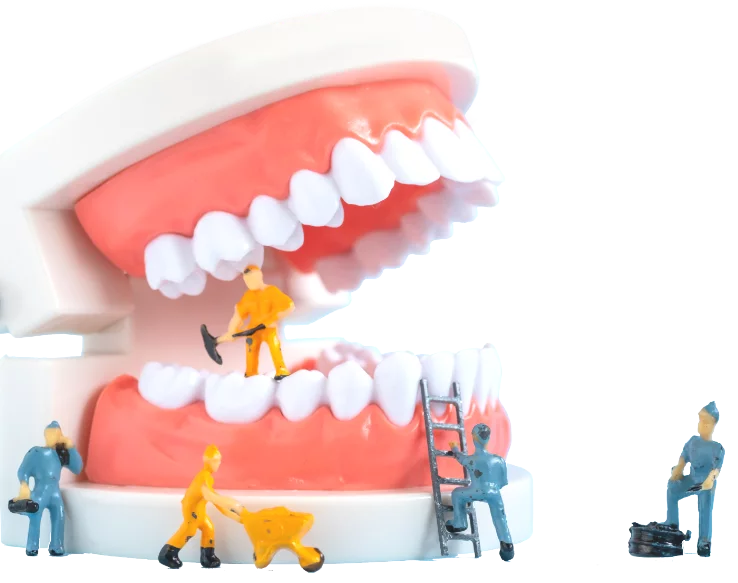How can we help?
The Benefits of a Root Canal
Root canal treatment offers multiple benefits, including relieving severe toothache, preventing the spread of infection, and saving a tooth from extraction. By cleaning and sealing the infected pulp, this procedure restores the tooth's function, appearance, and overall health.



Book an Appointment Today
Find a skilled Smile Generation-trusted dentist in your area who can perform root canal treatment with precision and care. Your healthier, happier smile awaits!
Got questions?
Have questions about root canals? We’ve got answers.
If you have deep decay or the pulp is exposed to an infection, you might need a root canal. A root canal involves the removal of that pulp, which is the soft tissue inside of your tooth. This tissue provides your teeth nourishment and will need to be replaced if infected. Infection of the pulp is an issue that should be addressed as it can lead to significant pain, swelling, and abscess.
Decay, gum disease, and injury can lead to a necessary root canal. After removal, signs that you have an infection in your root canal include pain that does not get better, warmth around the tooth, and fever. While root canal infections after removal are not common, they do happen. So, if you have any of the symptoms listed above, it might be possible that bacteria got into the root canal. If this happens, follow up with your dentist.
Learn more in our blog article, "Root Canal Costs, Infections, and Eating."
Root canals can be complex, and when things are complicated, they usually get costly. Root canals typically involve multiple office visits and might require both a general dentist and an endodontist, increasing the cost. Where you live, how many visits are required, referrals needed, insurance, and severity of the infection will all fact into the cost of your root canal. Depending on the necessities, you might pay less than $1,000, but the price can add up quickly if it is not a straightforward procedure.
If you do not have insurance, look into the financing and insurance options available through the Smile Generation.
Learn more in our blog article, "Root Canal Costs, Infections, and Eating."
Just like a tooth extraction, you can eat a variety of soft foods and liquids such as mashed potatoes, ice cream, apple sauce, broths, and yogurt, to name a few. However, until you no longer have pain and swelling, you should stay away from hard or sticky foods.
Also, ensure you wait until the numbness wears off before eating anything, as you do not want to risk biting your tongue or cheek.
Learn more in our blog article, "Root Canal Costs, Infections, and Eating."
Related Posts
Sources
Healthline. (n.d.). Root Canal: Procedure, Pain, and Recovery. https://www.healthline.com/health/root-canal
American Association of Endodontists. (n.d.). Root Canal Treatment: What Is a Root Canal? https://www.aae.org/patients/root-canal-treatment/what-is-a-root-canal/
American Association of Endodontists. (n.d.). Root Canal Explained: Everything You Need to Know. https://www.aae.org/patients/root-canal-treatment/what-is-a-root-canal/root-canal-explained/
NHS. (n.d.). Root Canal Treatment. http8s://www.nhs.uk/conditions/root-canal-treatment/


